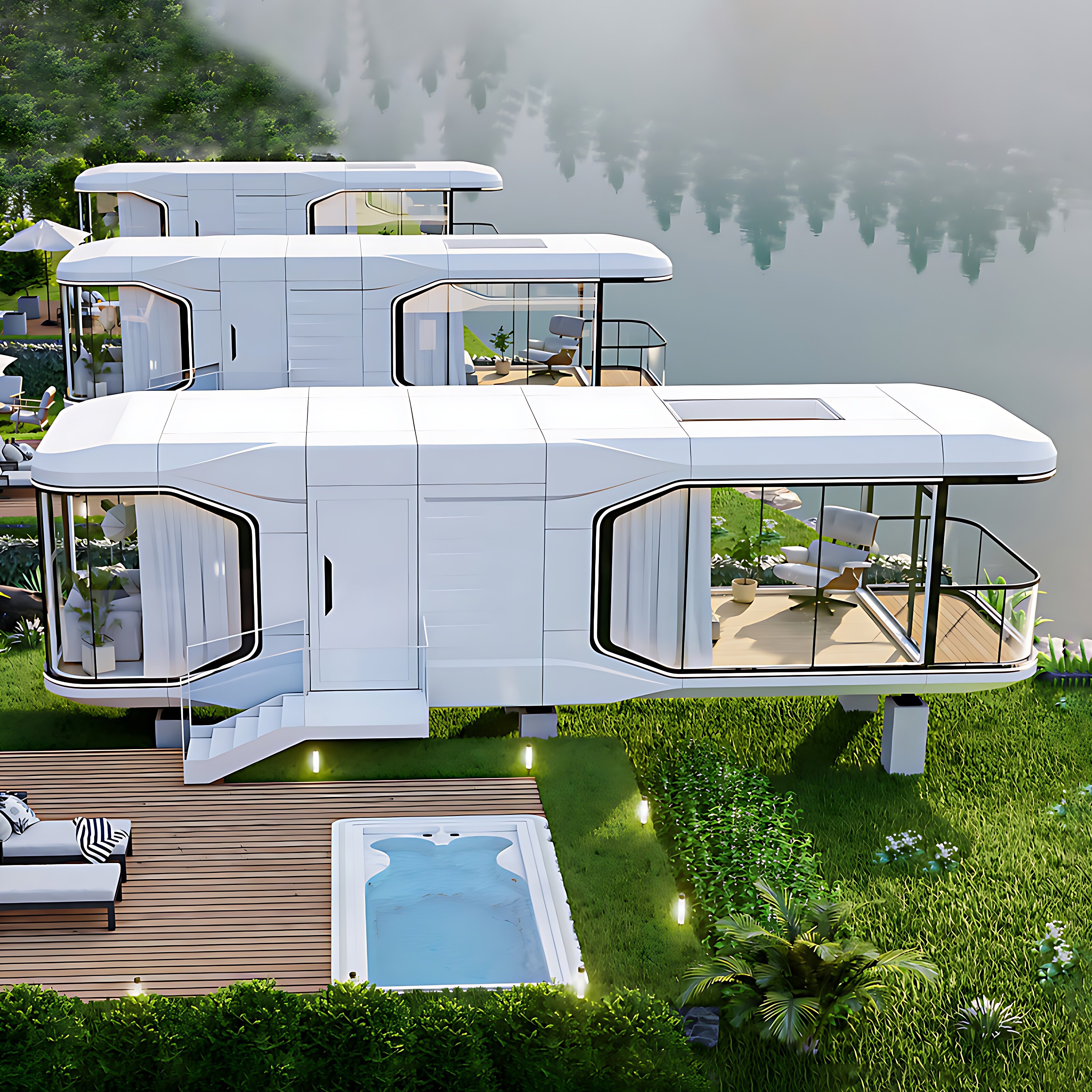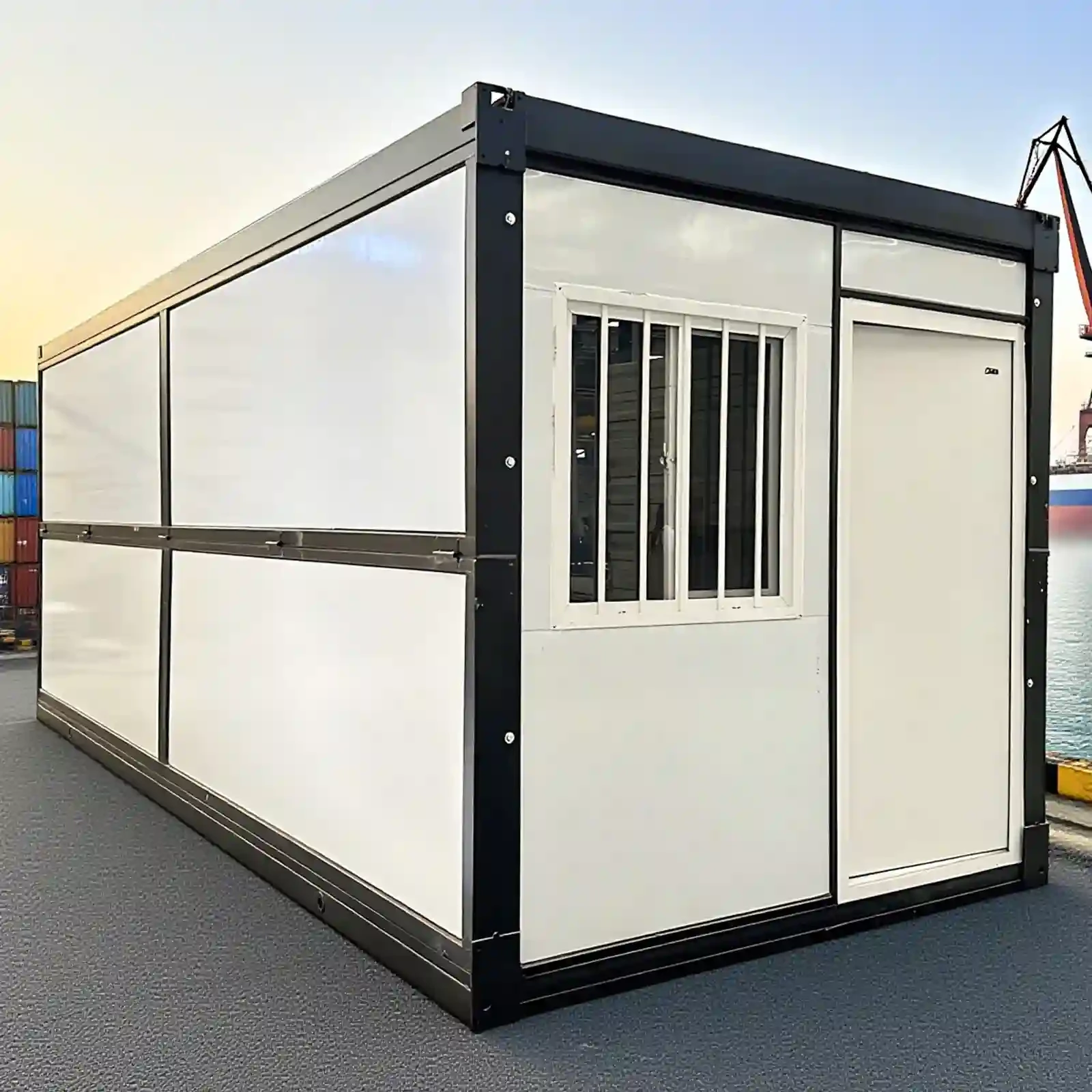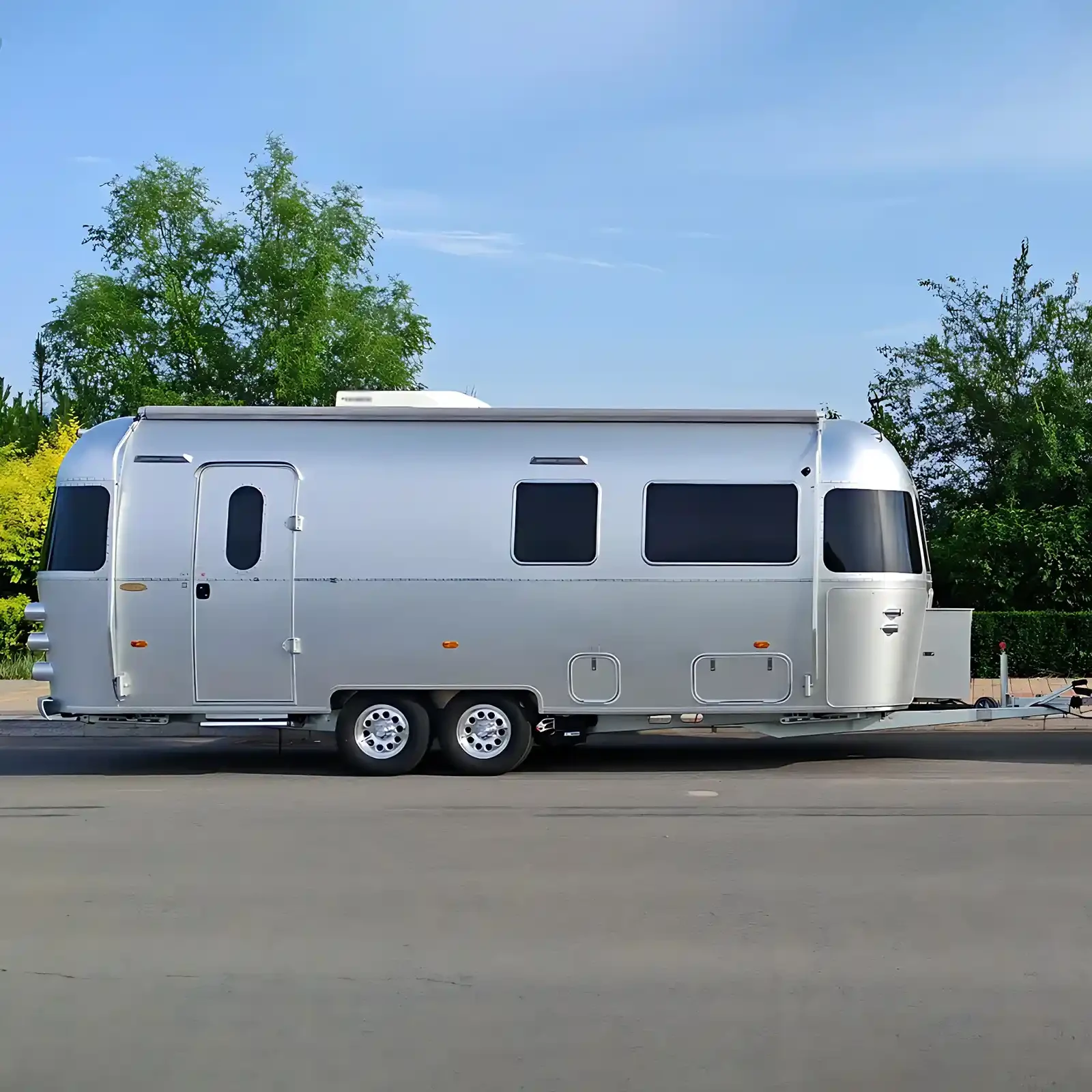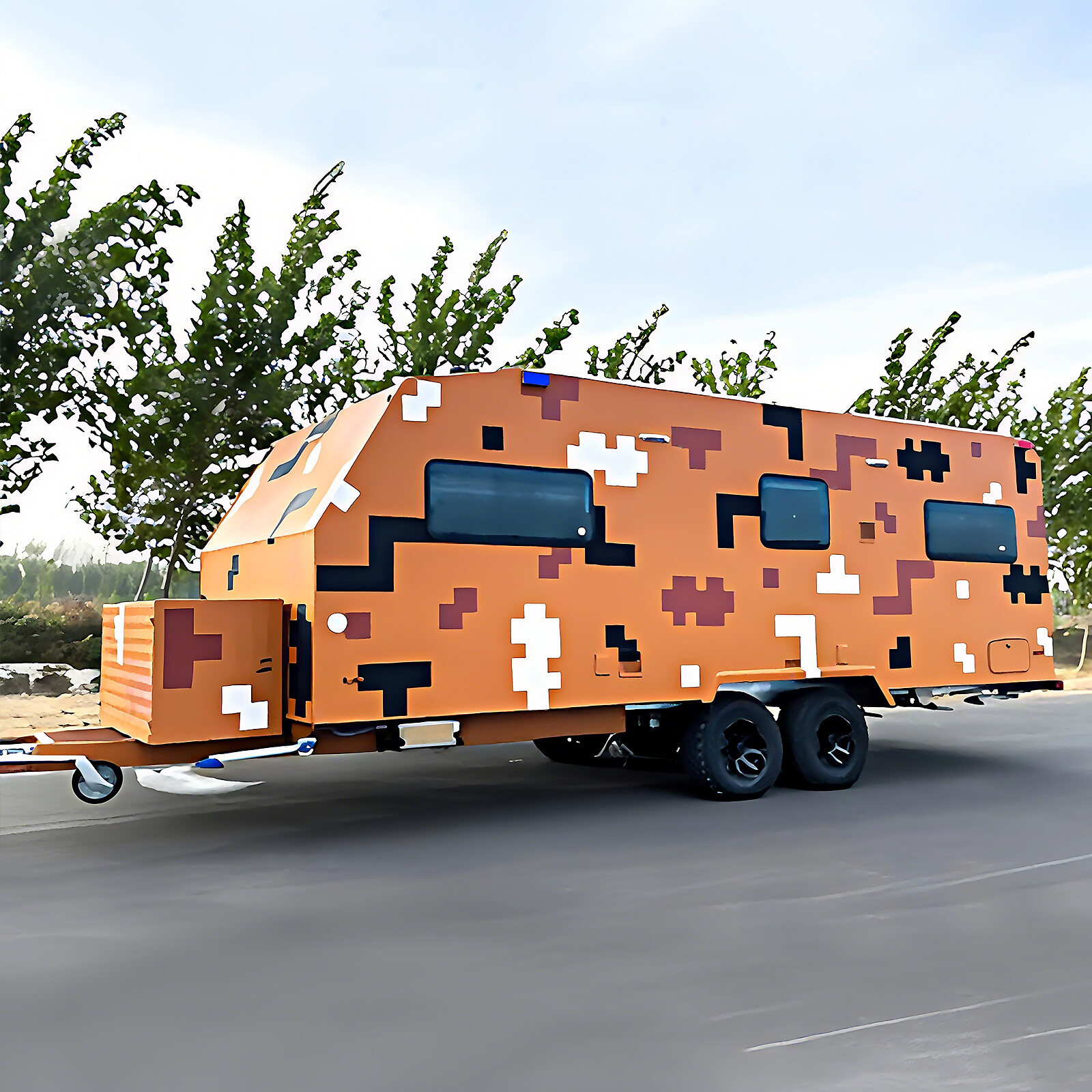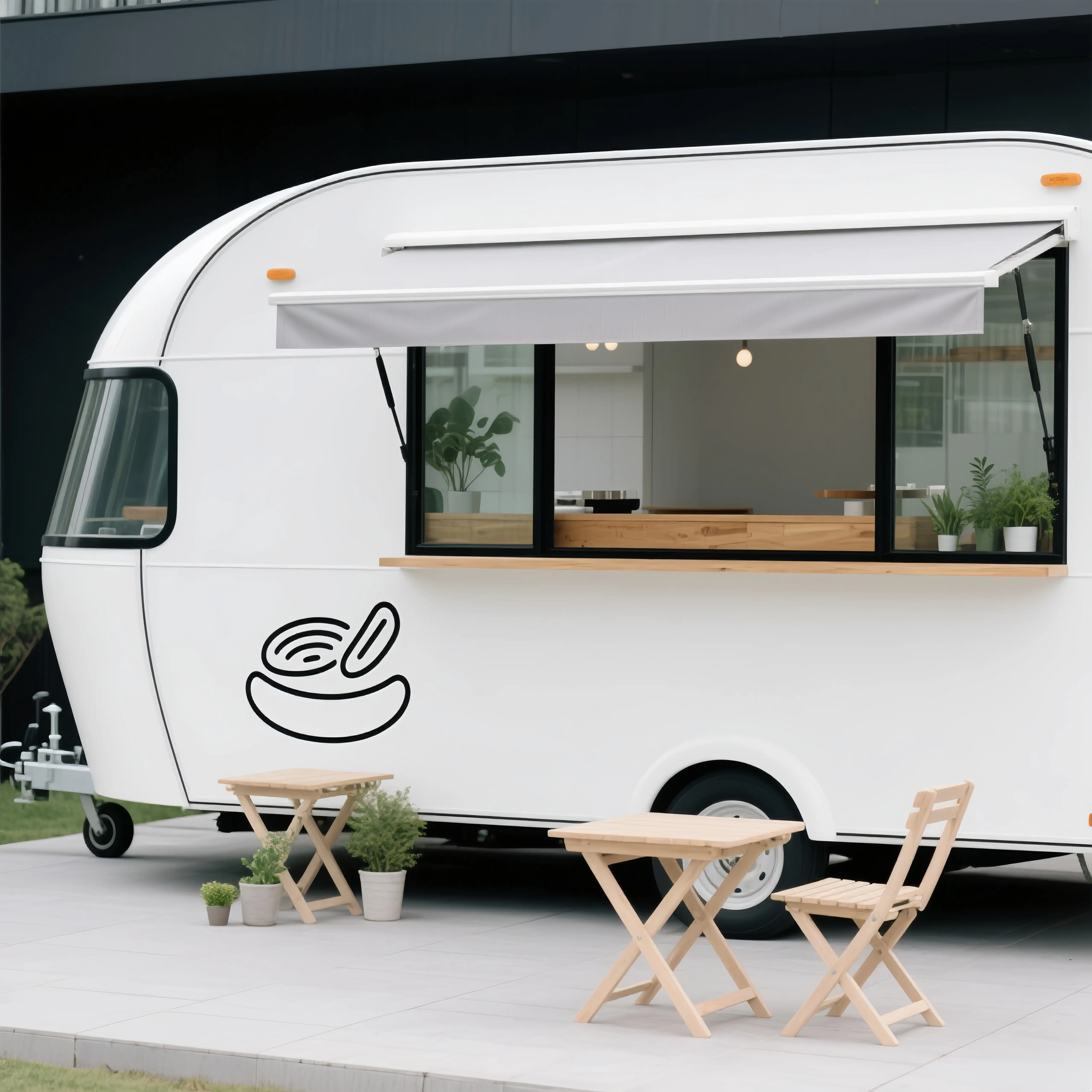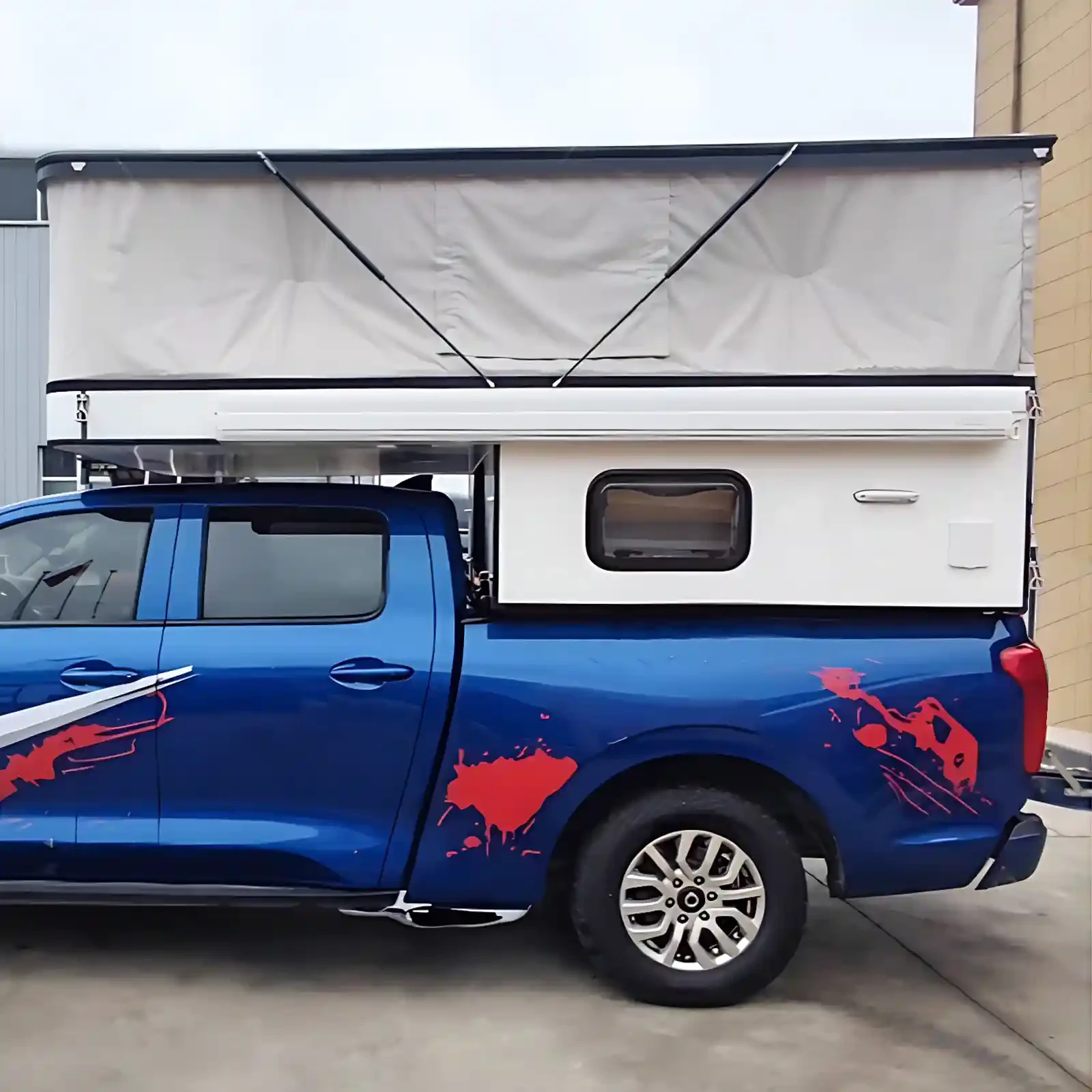While capsule homes have captured widespread attention with their unique design and convenience, limited space also presents storage challenges. Key to enhancing the capsule home experience is effective planning and efficient storage within a confined area. From fully utilizing vertical space, to ingeniously designing multifunctional furniture, to innovatively implementing hidden storage structures, a combination of strategies can unlock unlimited possibilities within limited spaces.
1. Extreme Utilization of Vertical Space
(1) Wall storage system
The walls of a space capsule home are a valuable storage resource. By installing wall-mounted shelves, pegboards, or hanging rods, you can transform walls into practical storage spaces. For example, in the kitchen, using hanging rods with hooks allows you to hang cooking utensils like spatulas, spoons, and knives, saving countertop space while providing easy access. Pegboards offer greater flexibility, allowing you to freely combine hooks and dividers to suit the size and shape of items, making them ideal for storing small items like keys, small accessories, and stationery.
In addition, folding tables or folding chairs can be installed on the wall. When not in use, they can be folded up and attached to the wall, and unfolded when needed to meet temporary needs such as dining and working. One item can be used for multiple purposes and maximize the use of space.
(2) Development of headspace
The roof of your home also holds storage potential. Installing wall cabinets or hanging storage baskets below the ceiling can be used to store infrequently used items, such as out-of-season clothing and bedding. To easily reach items from high places, consider using a telescopic ladder or a reach bar with pulleys. Furthermore, placing a suspended storage rack above the bed can be used to store books, electronics, and other items often used before bed, saving floor space while increasing storage capacity.
2. Ingenious design of multifunctional furniture
(1) Transformable furniture
Transformable furniture is a key element in space capsule storage. For example, a sofa bed can be used as a sofa during the day and unfolded into a comfortable bed at night. A folding dining table can be folded into a thin sheet and placed against the wall when not in use, then unfolded for dining to accommodate multiple people. There are also liftable coffee tables, which can be lowered to serve as a small table for leisure and entertainment, and raised to function as a dining table or desk, allowing for flexible conversion of functions.
(2) Furniture with built-in storage function
Choosing furniture with built-in storage can increase storage capacity without taking up extra space. For example, a bed frame with drawers fully utilizes the space under the bed to store clothes, shoes, and other items. Wardrobes with layered partitions, hanging rods, and drawers can be rationally divided into areas to meet the storage needs of different types of clothing. Drawers and open storage compartments under desks are convenient for storing stationery, documents, and other office supplies.
3. Innovative application of hidden storage structure
(1) The secret space under the floor
The floor of a space capsule can be designed to open, creating a hidden storage space underneath. This design is ideal for storing items that are not frequently used but need to be kept, such as luggage and spare parts. The floor can be opened using hydraulic rods or slide rails, providing convenient and safe operation.
(2) Niches and built-in storage
Utilizing the wall structure to create niches or built-in storage cabinets is another effective way to optimize storage. In areas like bathrooms and bedrooms, a niche of a certain depth, depending on the wall thickness, can be carved to accommodate toiletries, decorative items, and more. This saves space while also enhancing the overall aesthetic. Built-in storage cabinets can be flush with the wall, creating a more organized and neat visual experience, making them ideal for storing large quantities of clothing, sundries, and other items.
4. Classification and reasonable planning
(1) Item classification management
Categorizing and organizing items is the foundation of efficient storage. Sort items by frequency of use, function, and season. Place frequently used items within easy reach, and store infrequently used items high up or out of sight. For example, hang seasonal clothing in the middle of your closet and store out-of-season clothing in the top bins. Store frequently used toiletries in a niche near the sink, and stow spare toiletries deep in drawers.
(2) Selection of storage tools
Choosing the right storage tools can help you organize your space. Transparent storage boxes make it easy to find what you need, saving time searching. Compartmented storage bags are perfect for organizing small items like underwear and socks. Vacuum compression bags can reduce the space clothing takes up and are especially suitable for storing out-of-season bedding. Additionally, you can use storage baskets and storage hampers to centrally store scattered items and keep your space tidy.
By fully exploiting vertical space, cleverly utilizing multifunctional furniture, innovatively designing hidden storage structures, and scientifically managing item classification, the limited space of the capsule home is maximized. Reasonable storage planning not only enhances living comfort and convenience, but also makes the confined space neat and organized, creating a warm and comfortable living environment for residents.

 USD
USD
 GBP
GBP
 EUR
EUR
